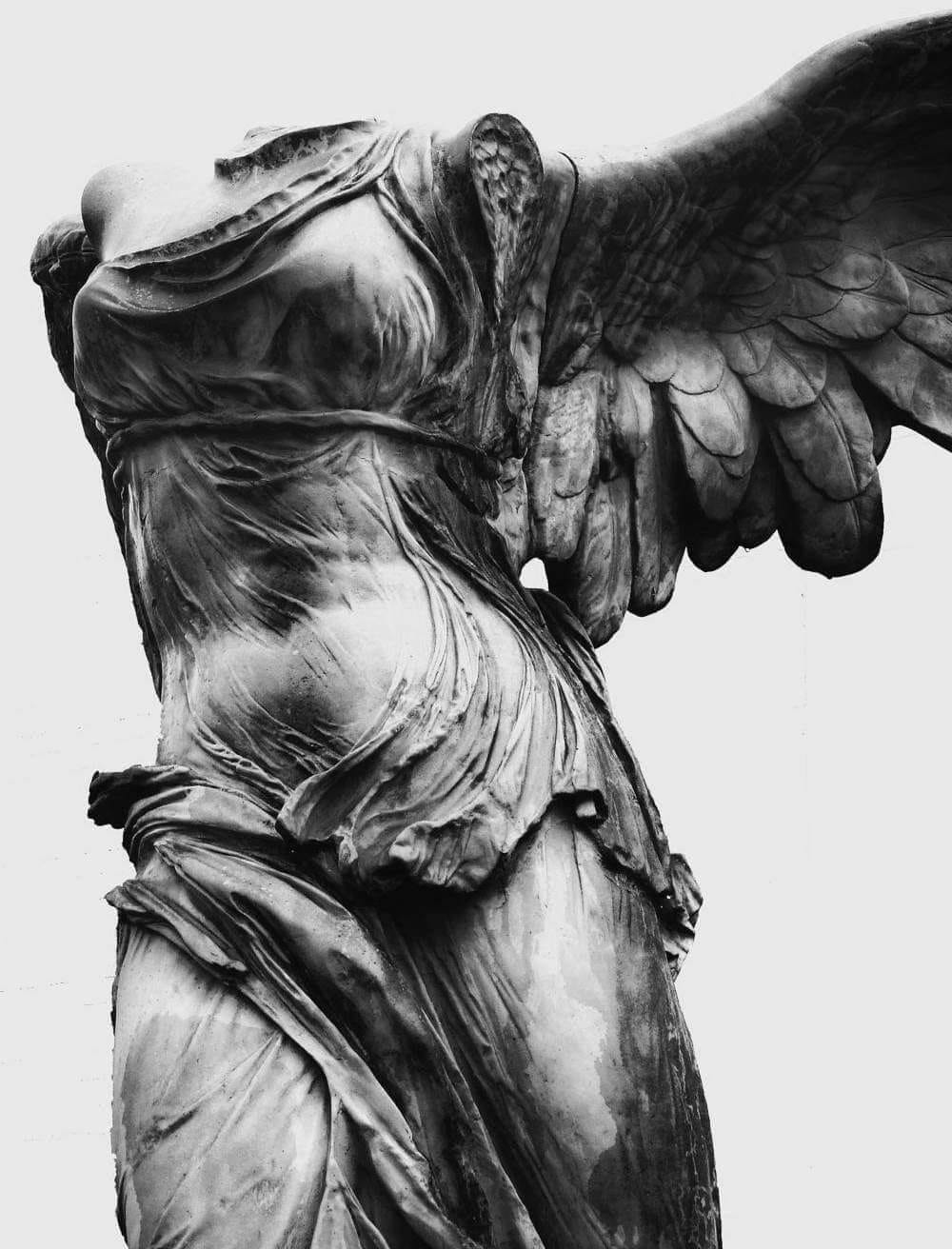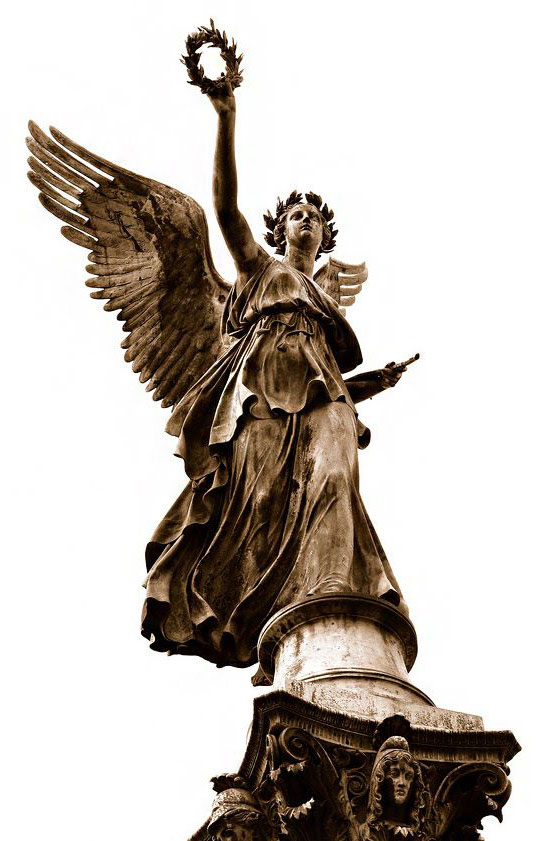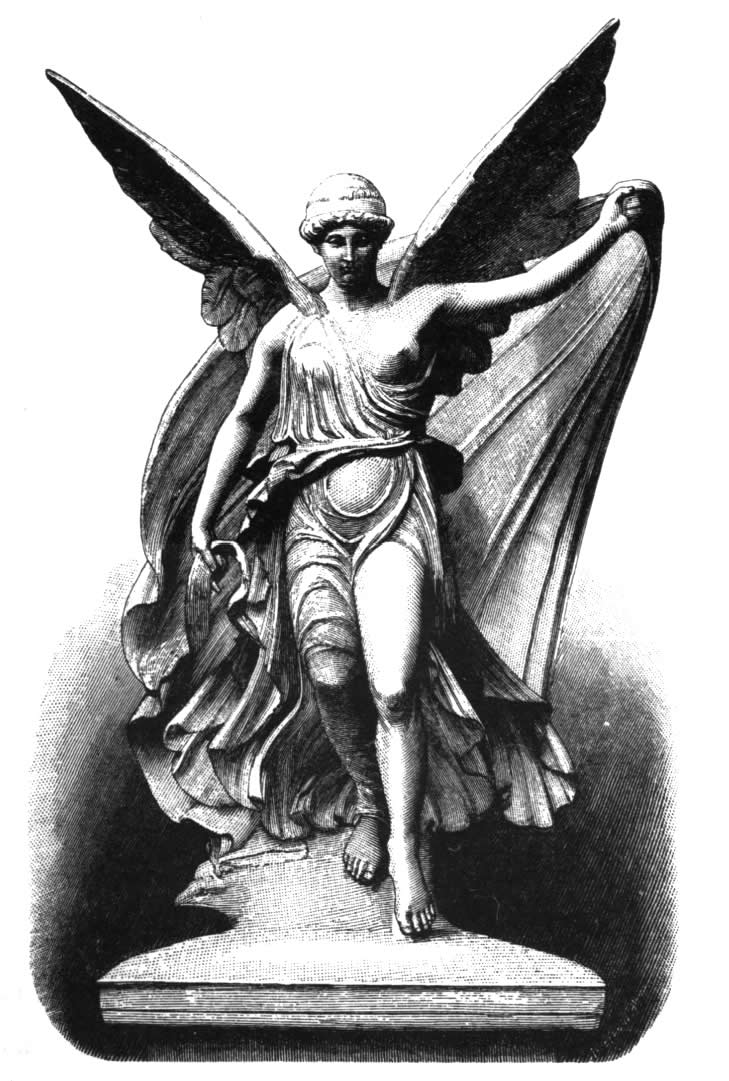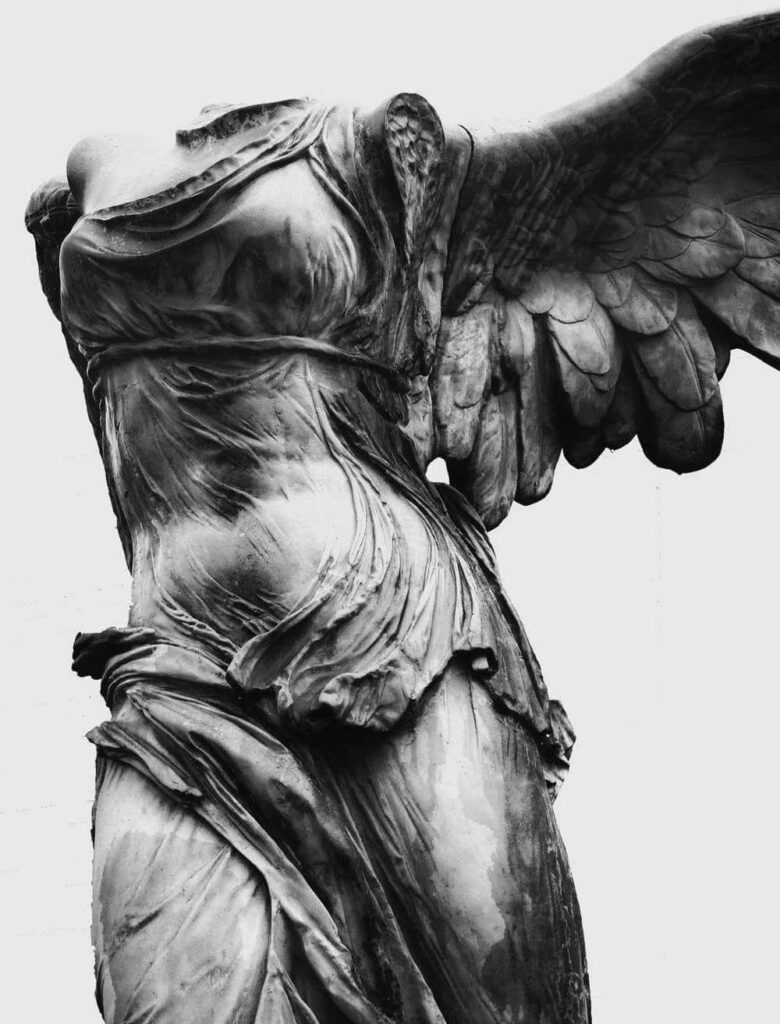Nike (in ancient Greek: Nίκη, also known as Niche or Nice) is a prominent figure in Greek mythology, personifying victory. The daughter of the Titan Pallas and the Oceanid nymph Styx, Nike is often depicted as a winged woman, earning her the title of Winged Victory. Her story, attributes, and significance have left a lasting legacy in ancient Greek culture and beyond.
Nike’s Mythological Origins and Family
The goddess of victory is first mentioned by Hesiod in his work “Theogony” as the offspring of Titan Pallas and Styx. She is honored alongside her siblings Zelos (Rivalry), Kratos (Power), and Bia (Force). Nike’s presence is celebrated in contexts of athletic or artistic triumphs, as well as military victories. Her association with victory in various forms underscores her importance in ancient Greek culture.

The Iconography of Nike
According to tradition, the sculptor Archermos was the first to represent Nike with wings. Interestingly, the wooden image of Nike in the temple of Athena in Athens was wingless. Classical mythology narrates that Styx brought her four children to Zeus when he was rallying allies for the war against the Titans. Zeus appointed Nike as the charioteer of his divine chariot, a role frequently depicted in Greek and classical art. Alongside her siblings, Nike became one of the sentinels of Zeus’s throne.
Nike and Athena: A Divine Partnership

Unlike most other deities who lost their wings by the classical Greek period, Nike retained hers. She is closely associated with the goddess Athena, often depicted together, symbolizing their strong bond. This association led to the formation of the divine figure Athena Nike, to whom an Ionic temple was dedicated on the Acropolis. Nike is also a common figure on ancient Greek coins, emphasizing her widespread reverence.
The Temple of Athena Nike
Constructed around 425 BC on the western side of the Acropolis near the Propylaea, the temple housed an archaic cult statue representing Nike without wings. The traveler and geographer Pausanias, writing in the 2nd century AD, recounted that the Athenians had cut off her wings to ensure that the goddess, and therefore victory, would never abandon their city. This act highlights the profound cultural significance attributed to Nike and the desire to keep her favor permanently.

Nike, the winged goddess of victory, embodies triumph in all its forms. Her mythological origins, artistic representations, and association with Athena underscore her vital role in ancient Greek religion and culture. The enduring legacy of Nike, particularly through her iconic imagery and the temple dedicated to her, continues to captivate and inspire, symbolizing the timeless pursuit of victory and excellence.
